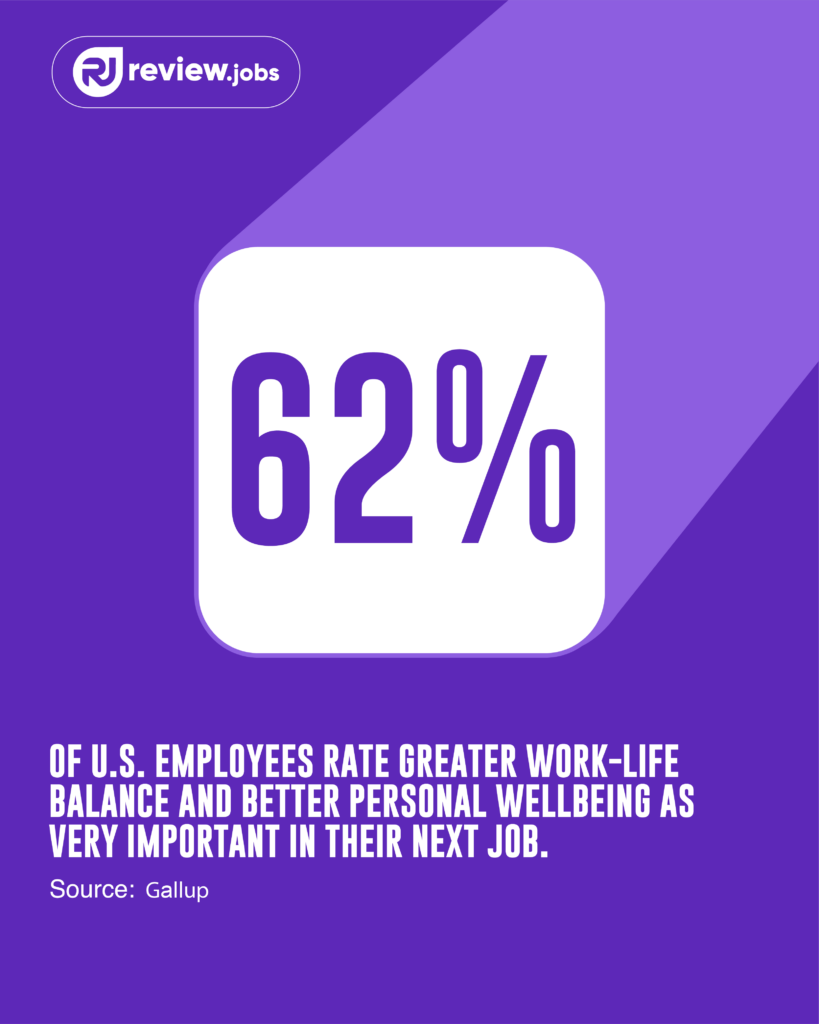Achieving high employee retention and motivation is essential for a brand’s success. High turnover affects not only costs but also team morale and productivity. This article discusses 10 key strategies to improve employee retention and motivation, helping HR leaders cultivate a workforce that is committed, engaged, and motivated for the long term.
Takeaways
- Competitive Compensation: Ensuring salaries align with market standards helps retain talent.
- Work-Life Balance: Offering flexibility reduces burnout and enhances satisfaction.
- Culture of Inclusion: A positive workplace culture encourages long-term loyalty.
- Clear Career Paths: Career growth opportunities motivate employees to stay.
- Consistent Recognition: Frequent acknowledgment builds trust and engagement.
- Wellness Programs: Supporting mental health shows commitment to employee well-being.
What is Employee Retention?
Employee retention refers to an organization’s ability to keep its employees over time. High retention rates are beneficial because they maintain stability, lower hiring costs, and protect team morale. Retention strategies are crucial, especially for brands striving to foster a dedicated and skilled team that drives long-term goals.
Understanding Employee Motivation
Employee motivation involves the various factors that drive employees to perform well and stay committed to their roles. Motivated employees are productive, engaged, and contribute to a positive work culture, which reduces turnover. In competitive markets, effective motivation strategies, such as career growth opportunities and recognition, are essential to keep employees invested.
10 Ways to Improve Employee Retention and Motivation
Offer Competitive Compensation and Benefits
Compensation is one of the most direct ways to retain talent. Brands should conduct annual salary reviews and benchmark their compensation against competitors. In addition to salary, competitive employee benefits—such as health insurance, retirement plans, and employee wellness programs—help ensure employees feel valued and supported. Including perks like flexible work policies or stock options also supports retention by showing commitment to long-term employee growth.

In a 2023 Gallup poll, employee retention metrics show 62% of U.S. employees rate greater work-life balance and better personal wellbeing as very important in their next job
Promote Work-Life Balance and Flexibility
Work-life balance is a top priority for today’s workforce. Flexible work arrangements, like remote work and hybrid schedules, can make a huge difference in retention. Research shows that employees with flexible schedules experience less burnout and greater job satisfaction. Providing flexibility signals to employees that the brand values their time and personal needs.
Cultivate a Positive Workplace Culture
A positive, inclusive culture fosters employee engagement and retention. Brands should create environments where diversity, equity, and inclusion (DEI) are prioritized, ensuring every team member feels they belong. Companies that celebrate milestones, recognize contributions and encourage open communication will foster a supportive work environment that employees want to stay in.
Develop Clear Career Progression Paths
Without opportunities for career progression, employees are more likely to leave. Brands should offer structured career paths, skill-building workshops, and leadership training. Professional growth in the workplace shows employees there are future opportunities within the organization, which increases loyalty and motivation.
Implement Recognition and Reward Programs
Recognition boosts employee motivation and retention by validating their hard work. Structured reward programs—such as monthly awards, spot bonuses, or verbal praise—demonstrate appreciation. Brands should balance financial rewards with non-financial rewards to appeal to different motivations, creating a culture where achievements are consistently acknowledged.
Collect and Act on Employee Feedback
A feedback culture is essential for understanding employee satisfaction. Regular surveys, suggestion boxes, and one-on-one check-ins enable brands to gather insights and make improvements. Acting on feedback demonstrates that employees’ voices matter, helping build trust and a sense of community, which are key for retention.
Invest in Employee Wellness and Mental Health Programs
Wellness programs reduce stress and promote work-life balance. Access to mental health resources, fitness memberships, and stress management tools help employees feel supported. Companies that support mental health at work experience lower turnover, as employees are less likely to leave if they feel their well-being is prioritized.
Build Strong Manager-Employee Relationships
Good relationships between managers and employees significantly impact retention. Managers who communicate effectively, provide constructive feedback, and show empathy contribute to a positive work atmosphere. Training managers to be supportive coaches instead of taskmasters can boost employee loyalty and morale.
Foster Employee Engagement and Autonomy
Allowing employees to control aspects of their work, such as task management or scheduling, enhances motivation. When employees feel trusted to make decisions, they develop a stronger sense of ownership and responsibility. Brands that foster employee autonomy find their employees are more engaged and less likely to seek opportunities elsewhere.
Enhance Onboarding and Continuous Learning Programs
A comprehensive onboarding process sets the stage for a positive experience. By offering structured onboarding and continuous training, brands show new hires they are invested in their success. Continuous learning programs allow employees to acquire new skills and adapt to evolving job demands, increasing their engagement and loyalty.
Measuring the Effectiveness of Retention and Motivation Strategies
Key Metrics to Track
Tracking employee retention statistics like turnover rate, engagement scores, and job satisfaction levels helps HR leaders assess the effectiveness of retention strategies. These metrics provide valuable insights into what’s working and where adjustments are needed.
Using Employee Feedback
Collecting feedback through surveys or employee review management platforms provides companies with valuable insights into employee sentiment. Review.jobs, as a certified employee review management platform, helps brands gather and analyze authentic feedback from employees, offering a clear picture of workplace satisfaction, needs, and challenges.
By leveraging these insights, brands can make informed adjustments to their retention and motivation strategies, ensuring they align with the evolving expectations of their workforce. This responsive approach not only demonstrates a commitment to listening to employees but also builds trust and loyalty across the organization.
Regular Review and Adaptation
As workplace dynamics shift, so should retention strategies. Regularly assessing and refining approaches based on feedback and performance metrics ensures that retention and motivation efforts stay effective.
Employee Retention and Motivation FAQs
What are effective ways to improve employee retention and motivation?
Competitive compensation, fostering an inclusive culture, providing career progression opportunities, and offering wellness programs are essential steps.
Why is employee motivation important for retention?
Motivated employees feel more engaged, leading to higher job satisfaction and reducing turnover.
How do flexible work options impact retention?
Flexible options support work-life balance, reducing burnout and making the organization more attractive to current and prospective employees.
By implementing these strategies, brands can build a loyal, motivated workforce, laying the foundation for long-term success. For more insights on enhancing employee engagement and loyalty, explore the resources available at review.jobs blog.





